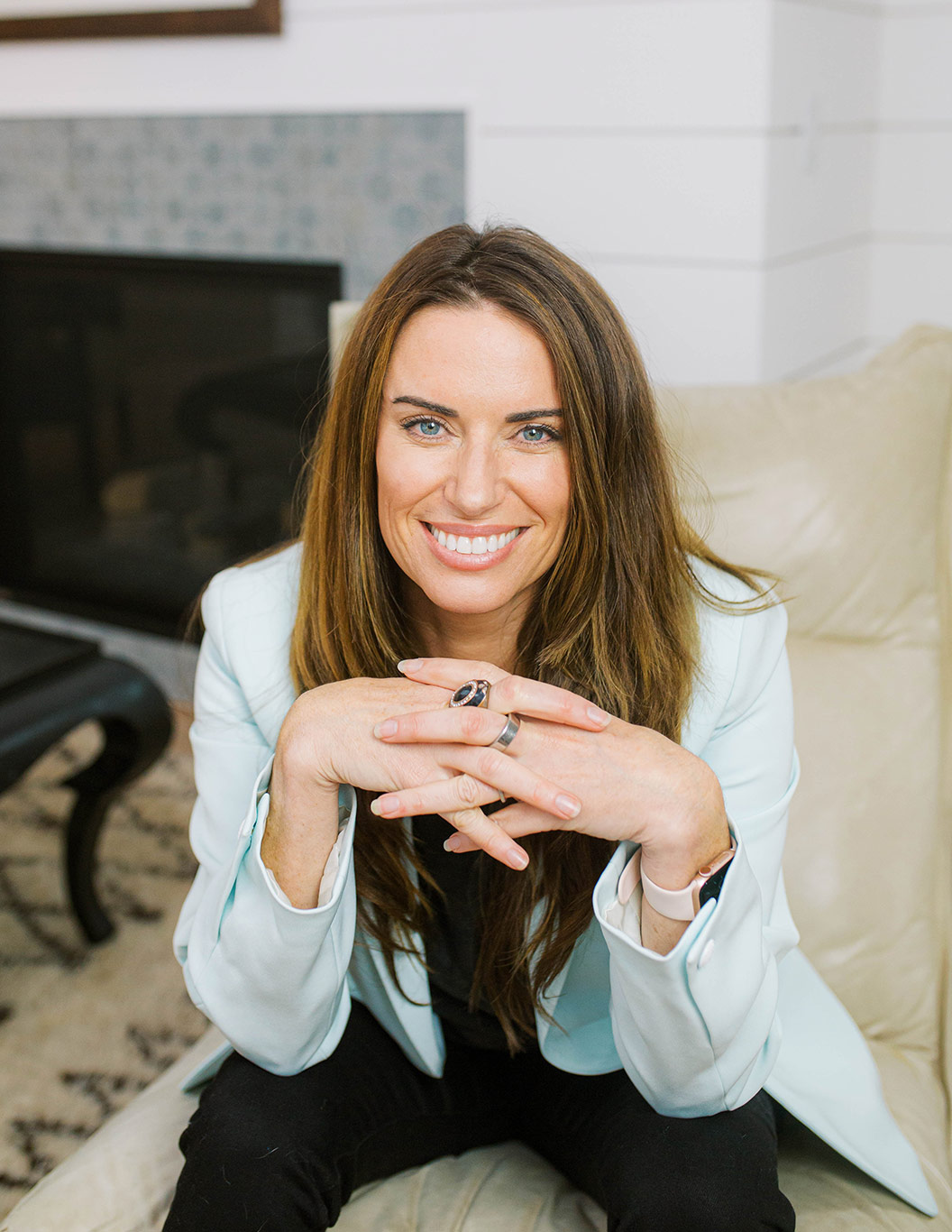
I'm a social scientist who helps people break out of the invisible traps and make whole-life changes easily and naturally.
How to Overcome Problems at Work
There are two sides to every coin. A yin to a yang. The sun and moon. Drama and empowerment.
Conscious leadership is about self-awareness. Being aware of which side of the coin you are engaging with and then making informed, accountable decisions.
You can choose to live and lead from drama Below the Line, or you can shift Above the Line into empowerment.
You’ve learned how to spot drama from a mile away and the common ways people go into drama. Drama involves a sense of powerlessness.
Powerlessness is a mindset, where you go into Victimhood, Villain mode, and Hero mode.
Whichever type of powerlessness you take on, you are stuck in the same place. You’re stuck
Below the Line in drama and when in the Drama Triangle, you can not resolve problems permanently.
This is why you end up experiencing the same drama again and again regardless of the situation. You might have the same relationship problems over and over again, even if you’re with different partners. When you don’t acknowledge how you create those situations they keep showing up. You keep recreating patterns and problems recycle.
This is your soul’s way of saying, “Hey, wake up. Something’s here for you to change. There’s something better you could be doing here. There’s something you could be creating you are not and you’re not claiming your full power. There is something to learn.”
Most of us know what it feels like to be in drama. It’s where most of us are most of the time. It’s the human experience. But what does it feel like to be in a state of trust?
What if you let go of the idea that you are right and move into the idea that you are the powerful creator of your own experience?
Welcome to the Empowerment Triangle!
The Empowerment Triangle is the other side of the coin – the opposite of the Drama Triangle.
Power is a place of ease and flow where you can learn, resolve issues permanently, and create the life that you want.
The three distinct forms of power available to you as a conscious leader are the Coach, the Challenger, and the Creator.
By accessing these three different flavors of Empowerment you can shift out of drama and up Above the Line where you are powerful, creative, resourceful, and whole.
And up there in the state of flow – anything is possible.
What it means to be a Creator
The first position on the Empowerment Triangle is the Creator.
The entire Empowerment Triangle is oriented around the Creator role. Why? Because the Creator is the essence of power.
The opposite of the Victim role is Creator Mode. When you are a Creator, you claim all of your personal power to create the outcomes you most deeply desire.
And how do you do that?
By taking responsibility.
Take responsibility for the choices you’ve made, including the choice to believe certain stories, how you’ve impacted others, choices about your mindset, and acknowledge you are the inventor of your circumstances.
This is a powerful role! It means you have the ability to change and impact your life and circumstances.
Often you create circumstances without even realizing you are doing it. When you start creating circumstances consciously, you can design a life most beneficial to your success and growth.
The Creator is insatiably curious about finding out where you have power that you may not be currently accessing. And you do this without judgment!
In Creator mode, you claim your full power and responsibility. You recognize anything you have control over, you’re responsible for. You no longer feel at the mercy of the circumstances around you. You acknowledge your hand in creating your life. And when you do this, responsibility doesn’t feel like a burden, it feels like an opportunity to design a life that is by and for you.
How to be a Challenger
The second aspect of the Empowerment Triangle is the Challenger. The opposite of the Challenger is the Villain (also known as Persecutor). The Villain blames, shames, and judges, and loves to speak in story language instead of factual language.
The Challenger looks to change patterns no longer serving someone or their situation.
The Challenger applies loving pressure and uses discomfort to provoke others to take action. They call forth something new.
When you’re in Challenger mode, you don’t try to shame, blame, or criticize someone into changing. You hold up the unarguable mirror and ask someone to face what they have been ignoring by being in drama. As a Challenger, you are interested in facilitating action and encouraging people who are in Victim mode to shift into Creator mode.
This encouragement isn’t coming from a Villain position of blame and criticism, it comes from an “anything is possible” mindset.
Challengers believe in the capability and resourcefulness of others. You don’t see others as powerless Victims, you see that others possess powerful responsibility and are capable of change if they are willing.
Challengers are insistent and rigorous about making conscious what was previously unconscious.
How to be a Coach
The third and final flavor of the empowerment triangle is the Coach.
Now by Coach, I don’t mean someone like myself who is a professional coach and gets paid for to coach as their job. I mean YOU.
I mean the part of you who encourages people to see themselves as powerful. The part of you who helps people make progress, facilitate their clarity on what they want and how to get there, and helps them make practical growth plans grounded in reality.
The empowered opposite of Hero-mode is the Coach role on the Empowerment Triangle.
The Hero sees others as Victims. The Coach sees them as empowered and creative even if they don’t currently feel they are.
A coach lets people own their own outcomes. Coaches encourage others to take responsibility. The one who has the control is the one who’s responsible and they’re responsible for 100% of what they can control.
The job of the Coach is to see Victims as Creators and help guide and encourage the Creator in all of us.
When you’re in a Coach mindset, you can help people identify resources- both external and internal. You help others begin to get curious about what power they’ve been leaving on the table.
Coaches help identify all of the things that are in your control.
How to Shift into Empowerment
When you learn to recognize you are in Drama, question your stories and own your own responsibility for being in Drama you will naturally shift into empowerment.
If you try hard to be in on the Empowerment Triangle you are in Drama.
Shifting comes naturally to those who are able to practice self-awareness and own their part of the Drama. Revisit the Drama Triangle and work on locating yourself, questioning your stories, and see where you are willing to shift. Shifting above the line will come naturally to you as you practice more.
xo,

About this episode:
Get started on the path of living Above the Line and going from victimhood to a place of power.
You’ve learned how to recognize drama and identify if you are Below the Line. Now find empowerment by shifting Above the Line into the Empowerment Triangle.
Discover the three distinct forms of power available to you Above the Line when you are being a Conscious Leader. The 3 aspects of the Empowerment Triangle are the Coach, the Challenger, and the Creator. In a state of flow, anything is possible. Throughout this episode learn how to shift out of drama and into power.
Power is a place where you can resolve issues permanently, where you can learn, and where you are free to create the life that you want. Empowerment means you are responsible without blame or judgment. Become a visionary Creator dedicated to creating the life you want.
Tune in and learn all about…
- [08:01]The first position on the Empowerment Triangle, the above the line triangle is the creator. I’m going to spend most of my time talking about the creator role. I’m going to go into the most detail about that role here. And the reason for that is the entire Empowerment Triangle is pointing toward the creator role.
- [17:00] So this creative force comes out in play and from play we take things much less seriously. Play just means the enjoyable act of activity that is non goal directed, non goal directed and enjoyable. Simple.
- [28:22] So when we in that role of creator, we want to actually welcome those feelings of fear rather than resist them. When we resist fear, fear makes us a victim and that’s our choice. Are we going to resist or are we going to allow? Sometimes no easy task because we’re not used to running that much fear energy through us and we have to get our bodies used to it.
- [33:03] The second flavor in the Empowerment Triangle is the Challenger. And what the Challenger does is they apply loving pressure and they sometimes use discomfort to provoke others to take action. They call forth something new.
- [42:12] Let’s move on to the third and final flavor of the Empowerment Triangle. The Coach. Now by coach, I don’t mean someone like myself who is a professional coach and gets paid for that as their job. I mean that part of you who encourages invites people to see themselves as powerful and facilitates people in making progress.
- [54:11] Overview: Please come and download some tools to help you find the willingness to shift above the line and to occupy these awesome roles in the empowerment triangle. (Get access to the free downloadable worksheet in the Tools and Resources section at the top of the page)
More About…
You’re Working Harder Than You Have To- Hero Mode
How to Get Life to Operate for You
How to End Drama- 10 Steps to Shifting You and Your Team Out of Drama
The Number One Way to Shift You and Your Team Out of Drama
The Secrets That Transform Your Life
Why Self Help Books Aren’t Working For You
Forward Fearless is no longer in session. Please join our email list to be notified of new opportunities.
